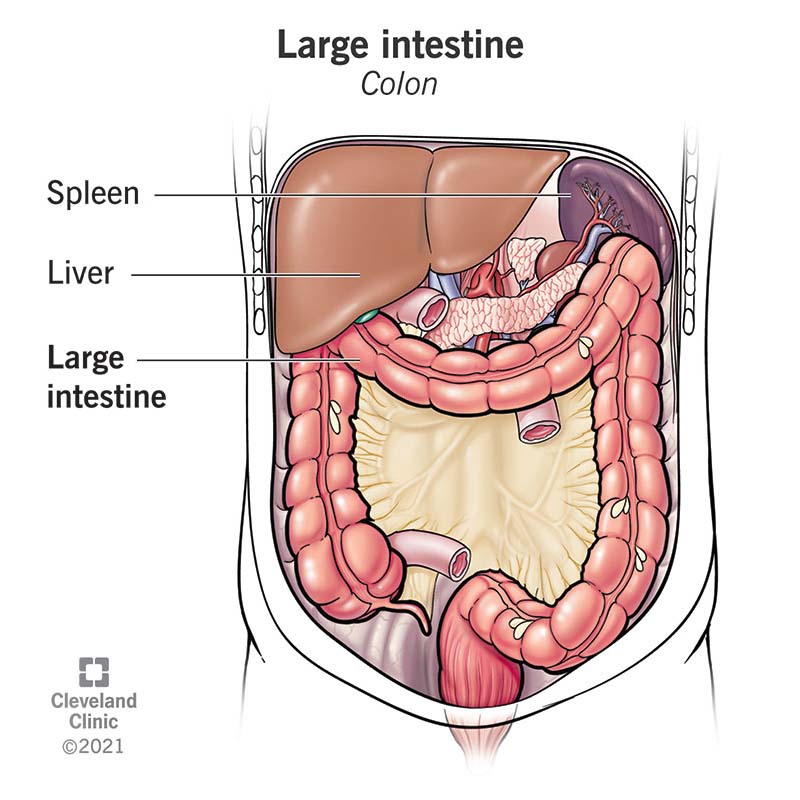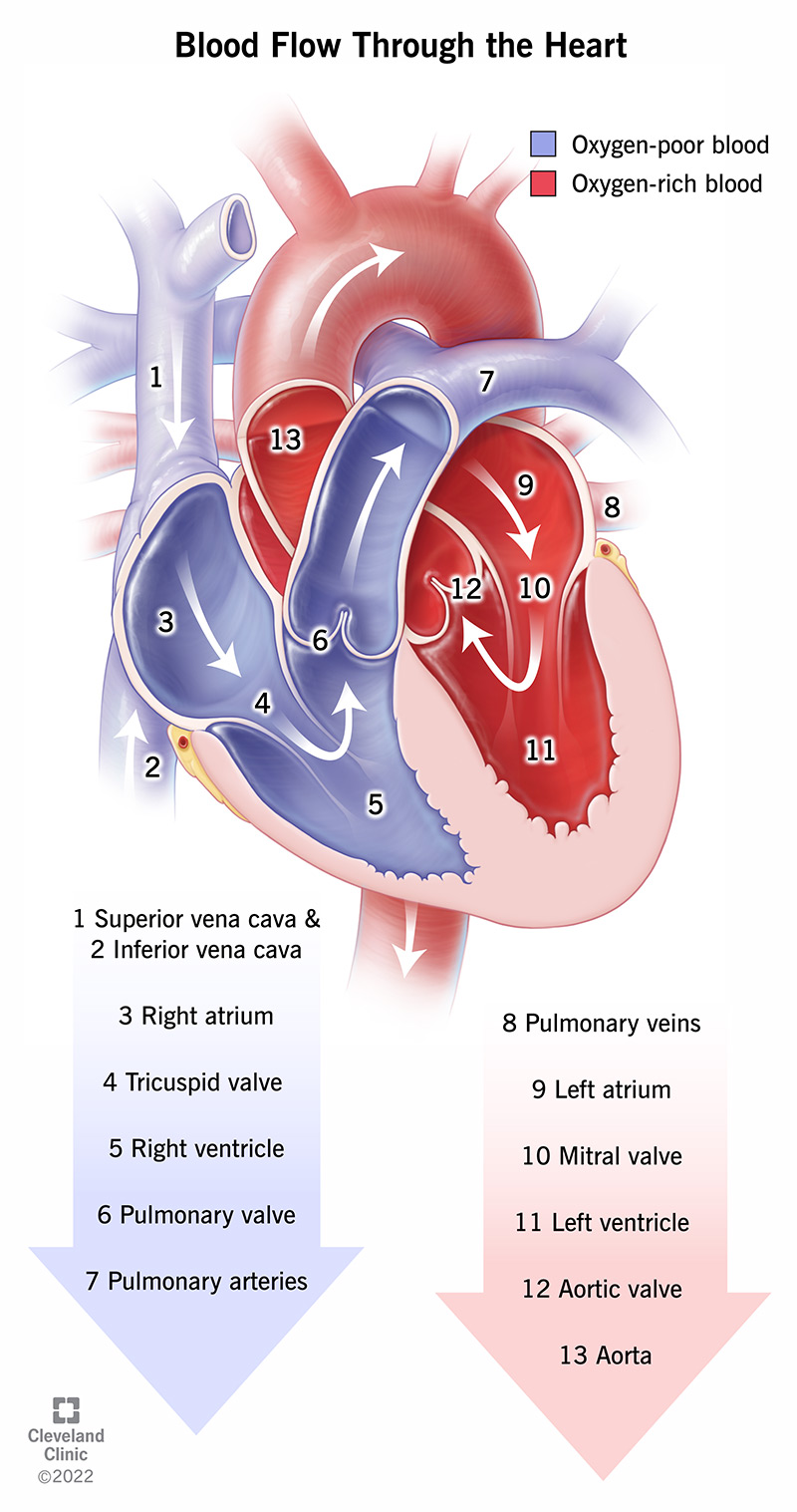A set of organs that move blood through the body; includes the heart, arteries, veins, and capillaries
:max_bytes(150000):strip_icc()/GettyImages-97537745-59efa47d6f53ba0011c0070b.jpg)
circulatory system
The system by which oxygen is taken into the body and an exchange of oxygen and carbon dioxide takes place

respiratory system
Mouth, esophagus, stomach, small intestines, large intestines
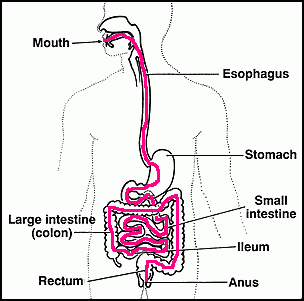
path of food
Wormlike protrusions in the small intestine where they serve in absorbing nutrients
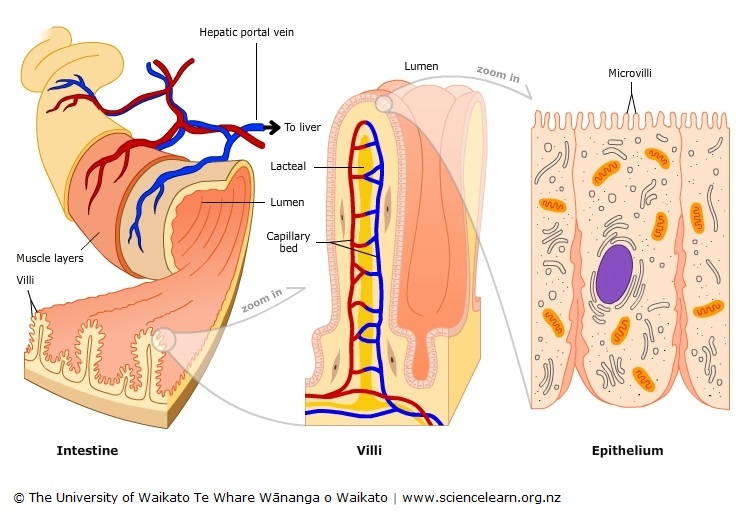
villi
One of the two arteries that carry blood directly to the heart cells

coronary artery
A blood vessel that carries blood away from the heart to the body’s organs

artery
The system by which ingested food is acted upon by physical and chemical means to provide the body with absorbable nutrients.

digestive system
Lungs, kidneys and skin are all organs of _________
excretion
An enzyme produced in saliva begins to breakdown carbohydrates while in the mouth

Amylases
________ circulation loop carries blood to the body
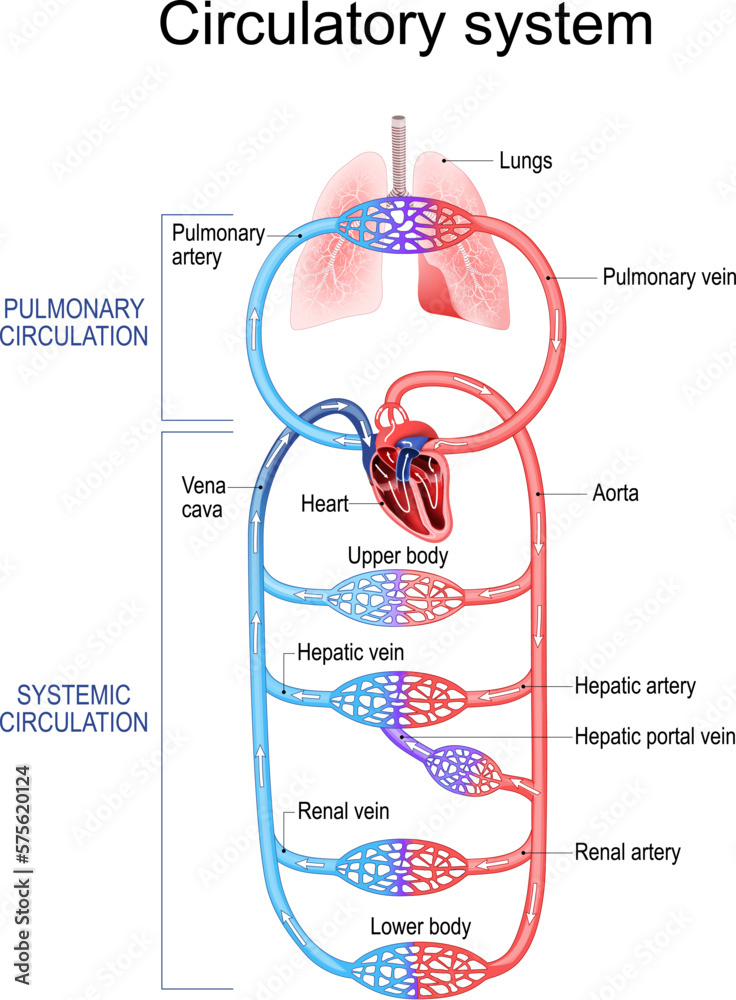
Systemic
A tiny blood vessel that allows gas and wastes to move between the blood and the cells of the body

capillary
Group of organs that rids the body of toxic chemicals, excess water, salts, & carbon dioxide, etc. while maintaining osmotic and pH balance

excretory system
releases bile, which breaks down fats & promotes the absorption of fatty acids at the fat-soluble vitamins

Liver
digestive enzyme produced by the stomach that breaks down proteins
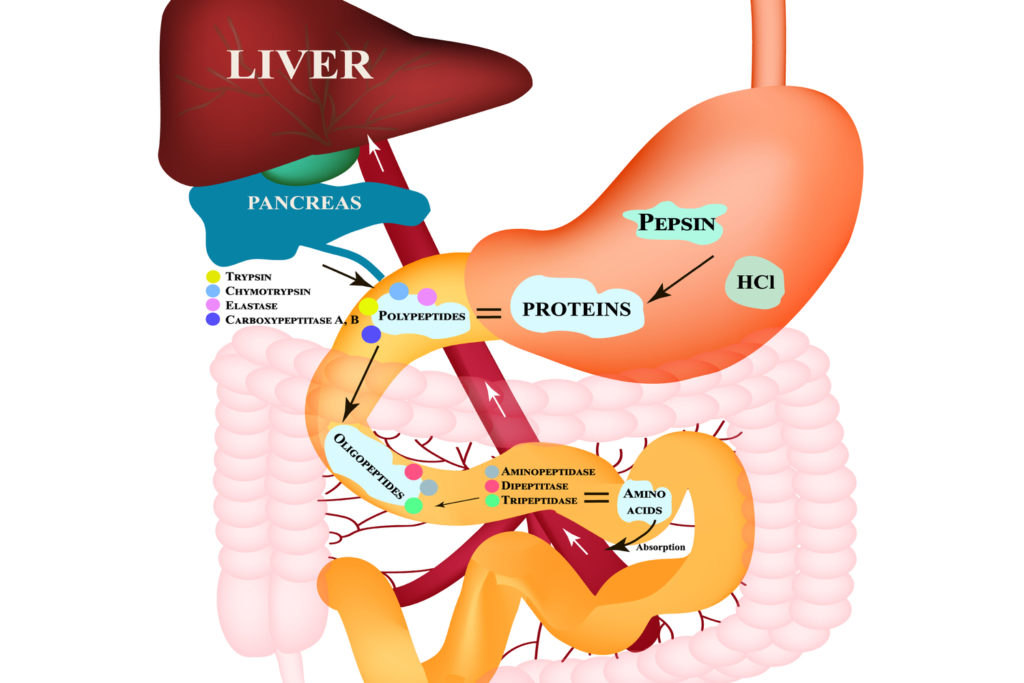
pepsin
___________ circulation loop carries blood to the lungs

pulmonary
A sudden attack of weakness or paralysis that happens when blood flow to an area of the brain is blocked
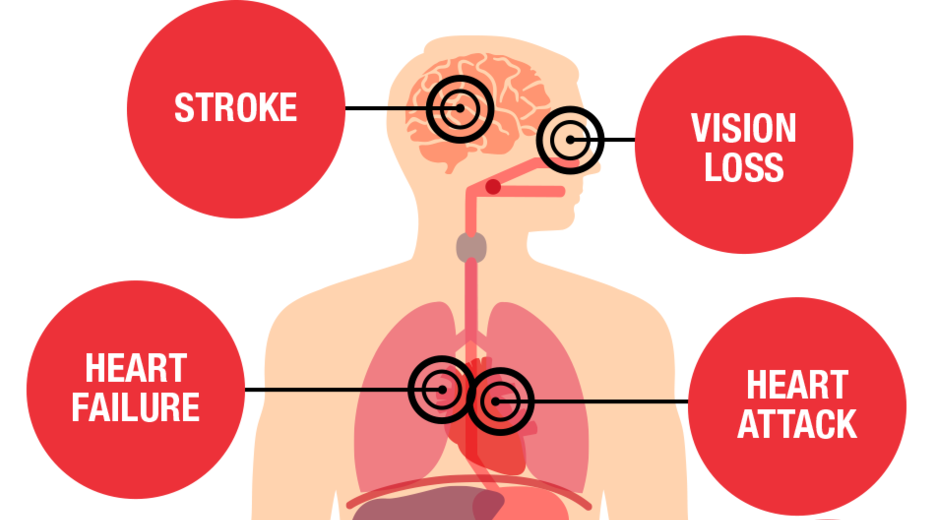
stroke
a.k.a. the colon absorbs mineral ions and water from waste
large intestines
Functional unit of the kidney, in which waste products filtered from the blood and urine are produced

nephron
excretes nitrogen wastes, salts, and water and other substances in sweat

skin
A chamber of the heart that receives blood that is returning from the body or the lungs
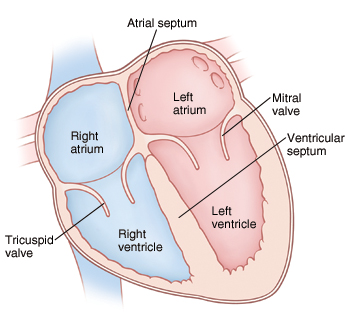
atrium
Any of the tiny air cells of the lungs where oxygen (02)and carbon dioxide (C02) are exchanged

alveolus
Located after the stomach in the digestive tract
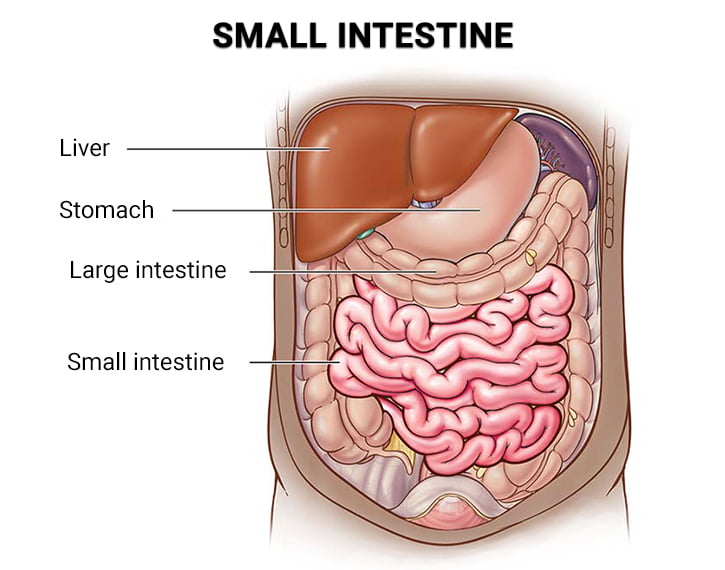
Small intenstines
Regulates amount of water and salts contained, in the blood. Excretes water, salts, and small amounts of nitrogen wastes and other substances in urine
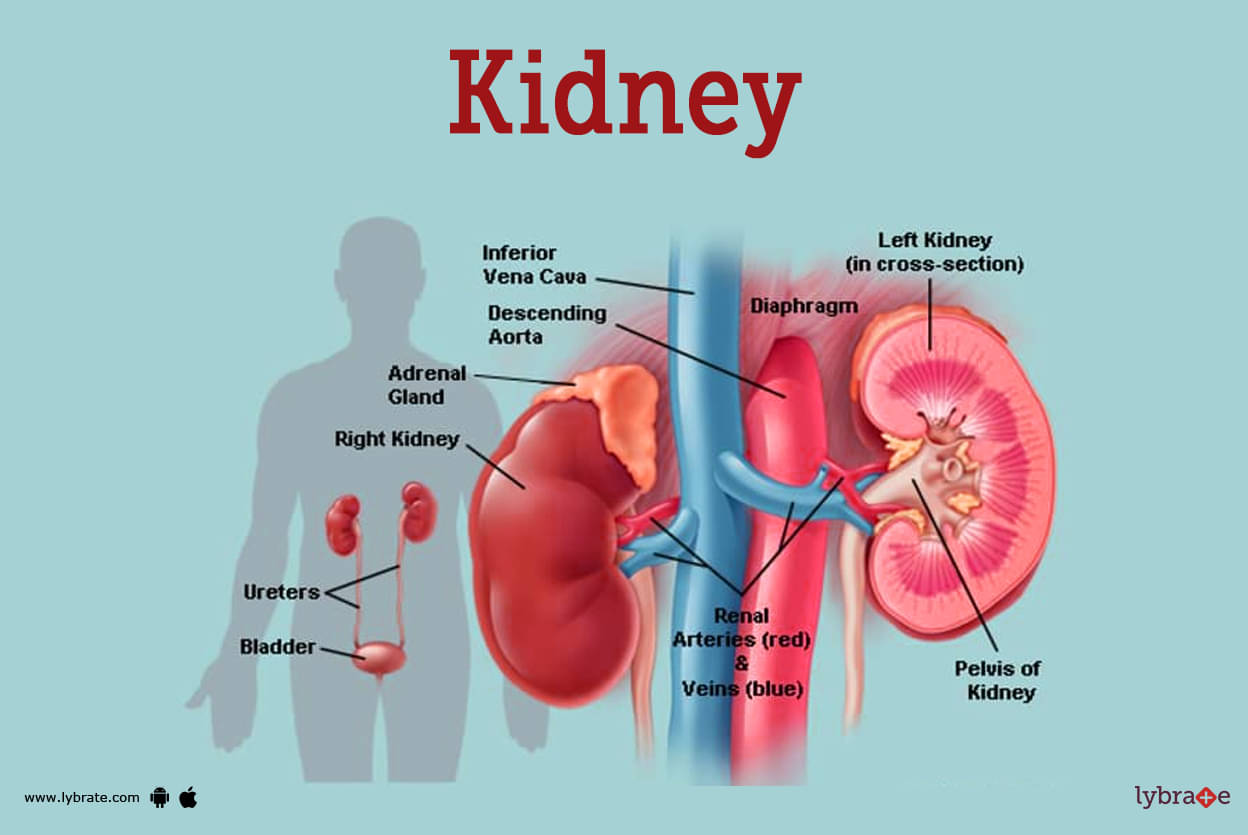
kidneys
excretes carbon dioxide and water vapor in exhaled air

lungs
One of two large veins that carry blood from the body to the heart
vena cava
